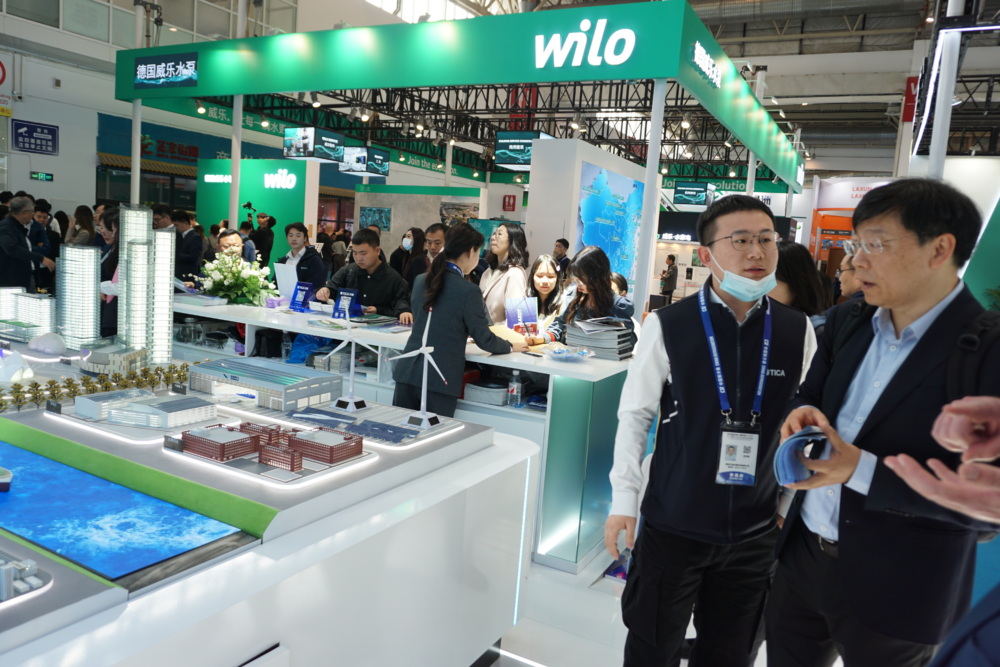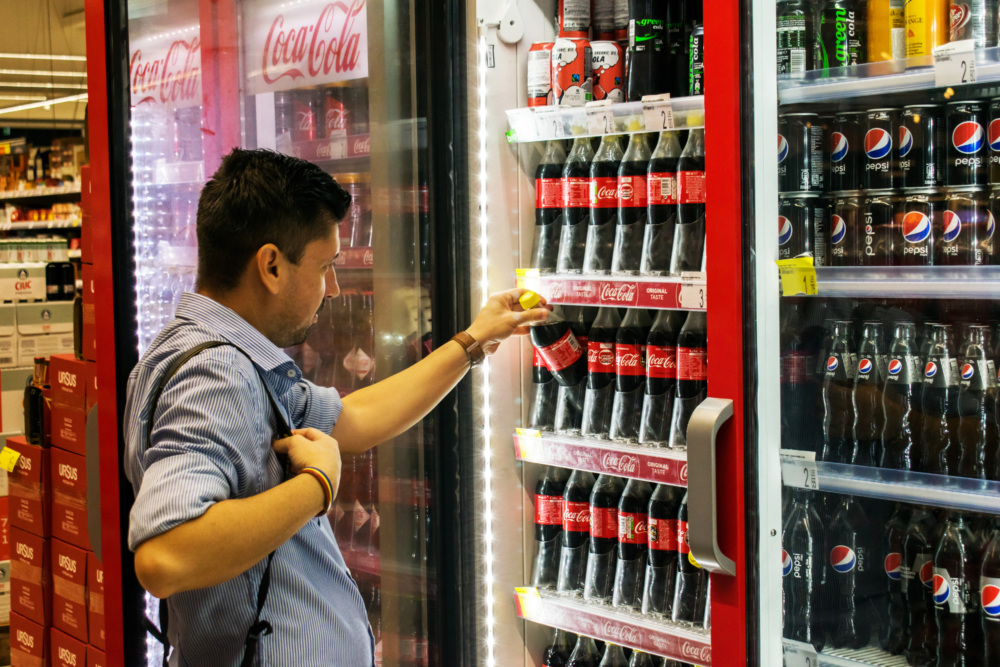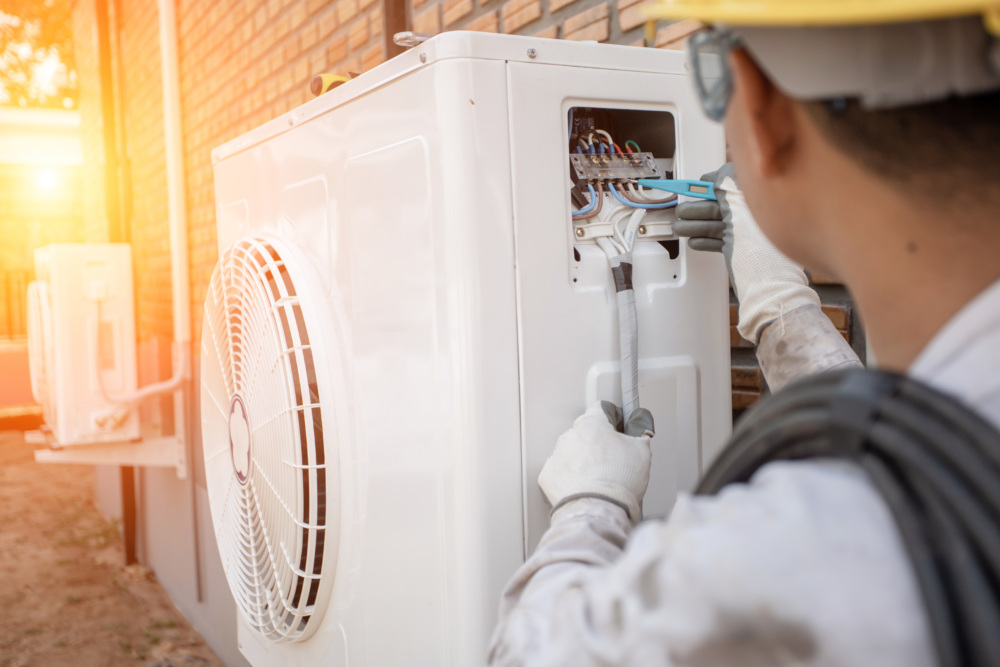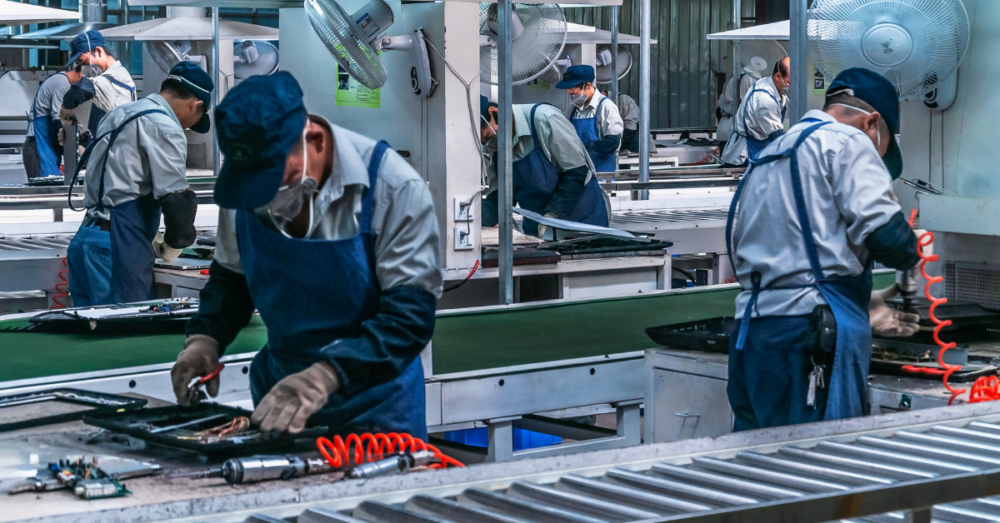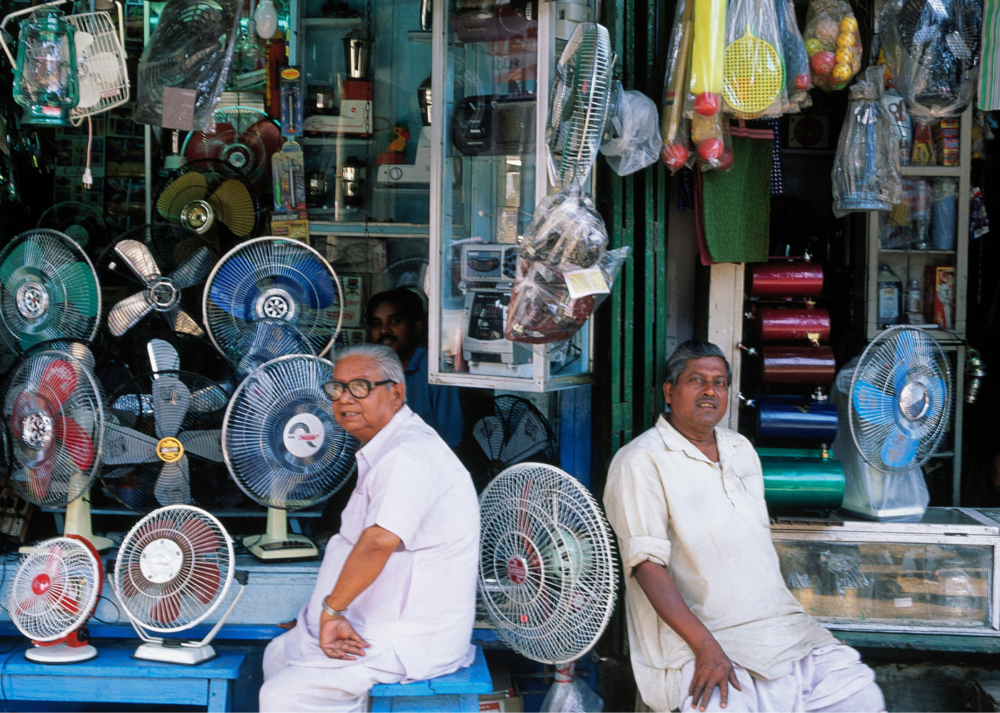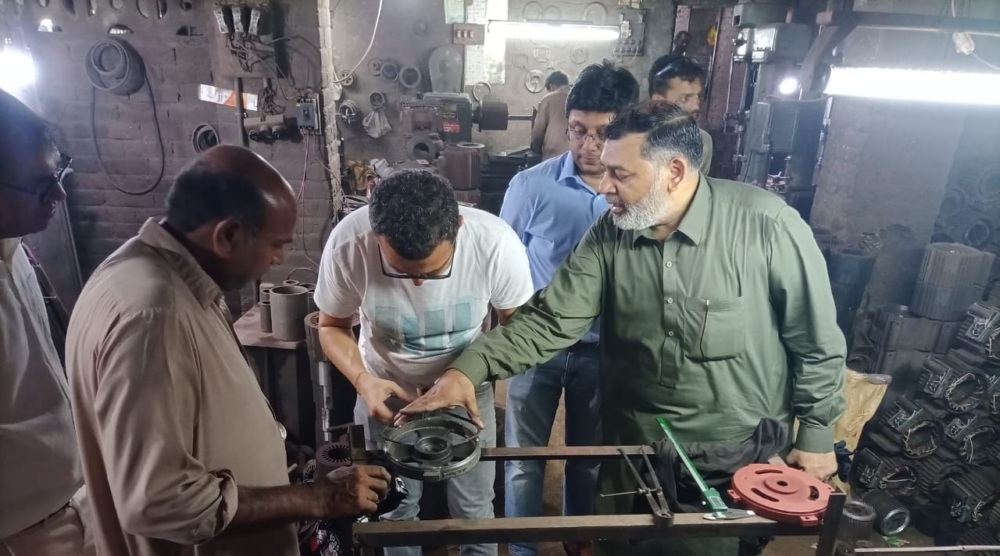How Much Energy Does Your TV Use?
To reduce the burden on South Africa's national grid and reduce consumers’ electricity bills, CLASP is supporting the South African National Energy Development Institute (SANEDI) to develop efficiency policies for televisions. These policies will further help reduce CO₂ emissions from the country.
Televisions Raise South Africans’ Energy Bills
Despite the harsh economic conditions facing South Africa, purchasing a television remains a priority for most South Africans. Across income groups, TVs are considered an essential appliance and one of the first three electronic appliances a household will purchase, with a higher penetration than even refrigerators. Data shows that middle and lower-income consumers often choose TVs based on price and brand; however, these models are typically less efficient. In contrast, upper-income households choose their devices based on functionality, design, brand, aesthetics, and to a lesser extent and more recently, energy consumption.
In 2010, over 13.5 million TVs were in use in South Africa, and the stock was estimated to grow by 22% by 2020. The country also has high daily viewing times, with most households watching for more than four hours (see figure 1 below), contributing significantly to daily domestic electricity consumption. Televisions’ average annual energy consumption in South Africa is 230 kWh, costing $33 per television watched per year. Although the television market is moving towards more energy-efficient products, little has been done to raise consumers’ awareness of the benefits of more efficient TVs and increase the energy efficiency profile for televisions by introducing efficiency policies that directly target TVs.
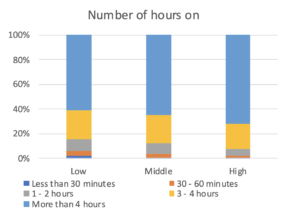
Figure 1: TVs usage per income group
Developing efficiency policies will bring long-term energy-savings
South Africa does not have policies for televisions in use. To address this, CLASP is supporting SANEDI in developing Minimum Energy Performance Standards (MEPS) for television sets in on-mode.
” Because TVs are watched for long hours, introducing these on-mode MEPS will allow consumers to easily access energy efficient TVs that won’t raise their monthly bills.,” says Angellah Wekongo, Coordinator in CLASP’s Nairobi office and program assistant for this project.
These policies will also lower CO₂ emissions. The South African electricity system is 90% coal-based with attendant high grid-based CO₂ emissions. If adopted, efficiency policies for televisions, along with similar policies for computer monitors and street lighting, will avoid 5.9 MT of C02 emissions from coal-fired power stations cumulatively from 2022 –2030.
“South Africa strives to be a regional leader in technology and energy-efficiency. Developing policies for televisions in on-mode will not only benefit consumers, but it will also benefit the country by reducing our country’s C02 emission and the pressure on our national grid’, says Ashanti Mogosetsi, Standards and Labelling Programme Manager at SANEDI.


